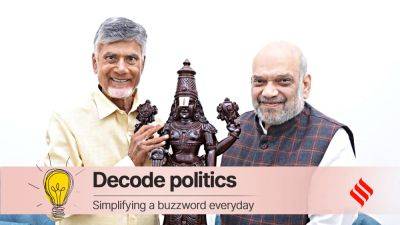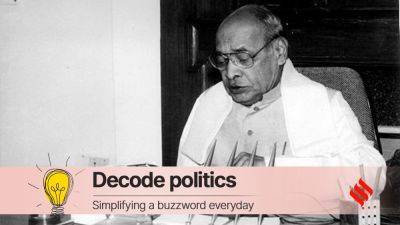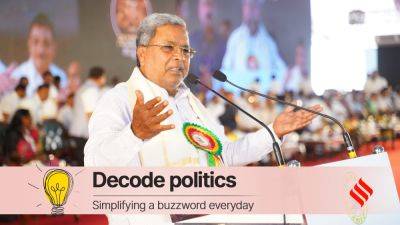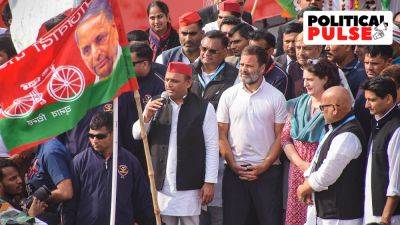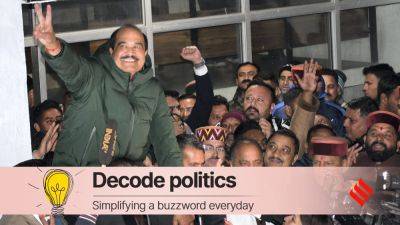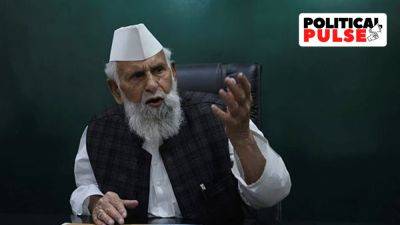Decode Politics: Akhilesh’s PDA vs NDA pitch: Why it’s not as easy as public display of affection
For the coming Lok Sabha polls, even as it has tied up with the INDIA bloc, the Samajwadi Party (SP) has come up with a ‘PDA’ formulation to consolidate and expand its vote bank in Uttar Pradesh. However, in a blow to this, several senior leaders have recently lashed out at the SP leadership, accusing it of doing exactly the opposite of what it professes and neglecting the ‘PDA’ communities. On Tuesday, prominent OBC leader Swami Prasad Maurya quit the SP.
As the SP figures out its party candidates and voter outreach initiatives while keeping the ‘PDA’ in mind — and at the same time tries to balance ally demands – this is why the SP has a task on its hands:
What is the PDA grouping?
In June 2017, SP chief Akhilesh Yadav floated the acronym, standing in for ‘Picchde (backward classes), Dalits and Alpsankhyak (minorities)’ communities. When some upper caste leaders in the SP expressed the apprehension that this could send an exclusionary message to the upper castes and tribal communities, Akhilesh expanded the PDA definition ahead of the Assembly polls in October 2022. The ‘A’ in ‘PDA’, he said, also included “agde (forward)”, “Adivasi (Scheduled Tribes)” and “aadhi aabadi (women)”, cutting across all communities.
In Uttar Pradesh, as per the Hukum Singh committee set up in 2001 under then Chief Minister Rajnath Singh, Other Backward Classes (OBCs) account for 43.1% of the state population. Among the minority communities in the state are Muslims, Christians, Sikhs, Buddhists and Jains, with Muslims making up the largest bloc, at 19% of the total population according to the 2011 Census. It placed the Dalit population at 23%.
Hence, on paper, the three groups under the ‘PDA’ which the SP is targeting comprise an estimated 85%


